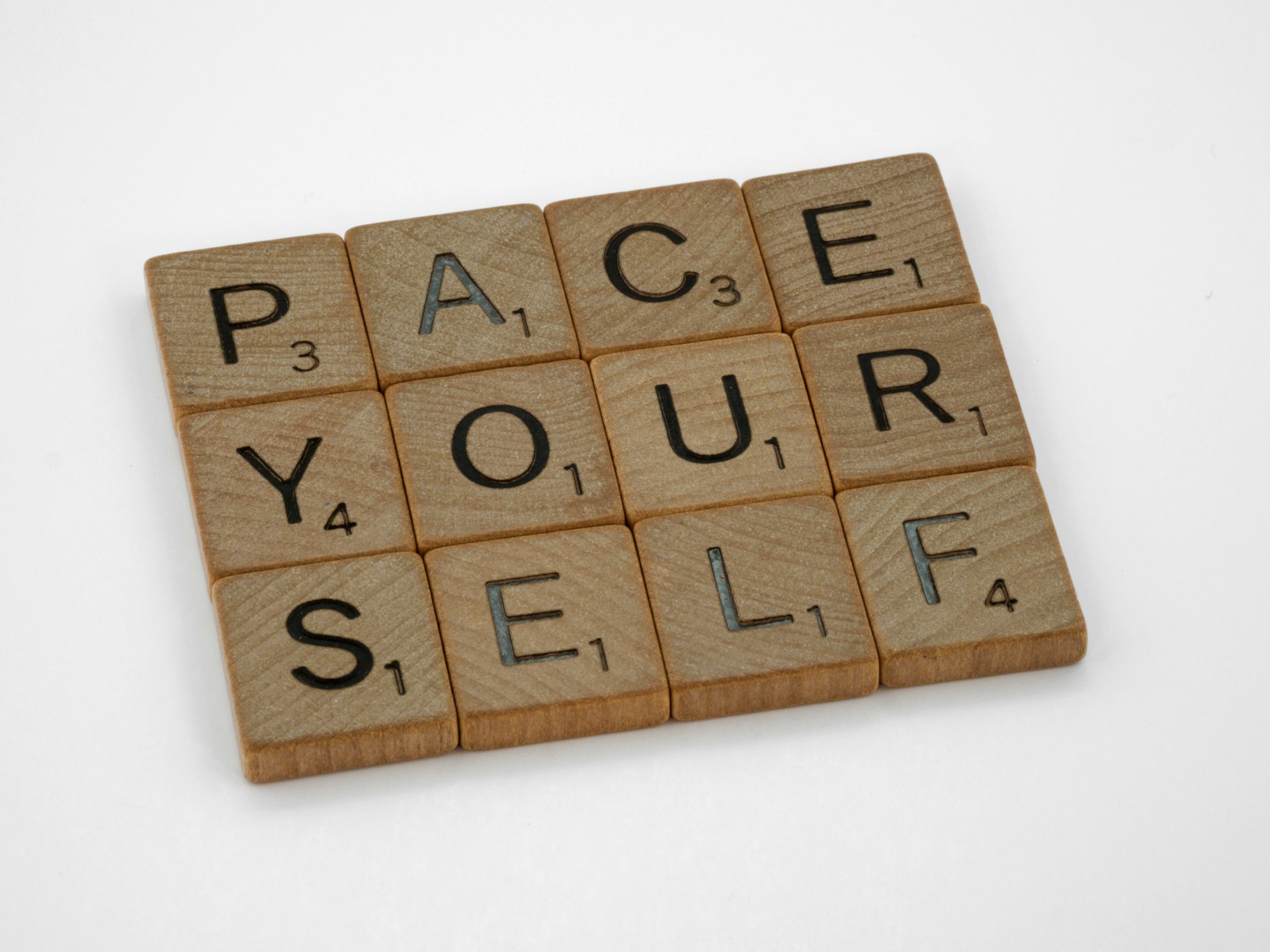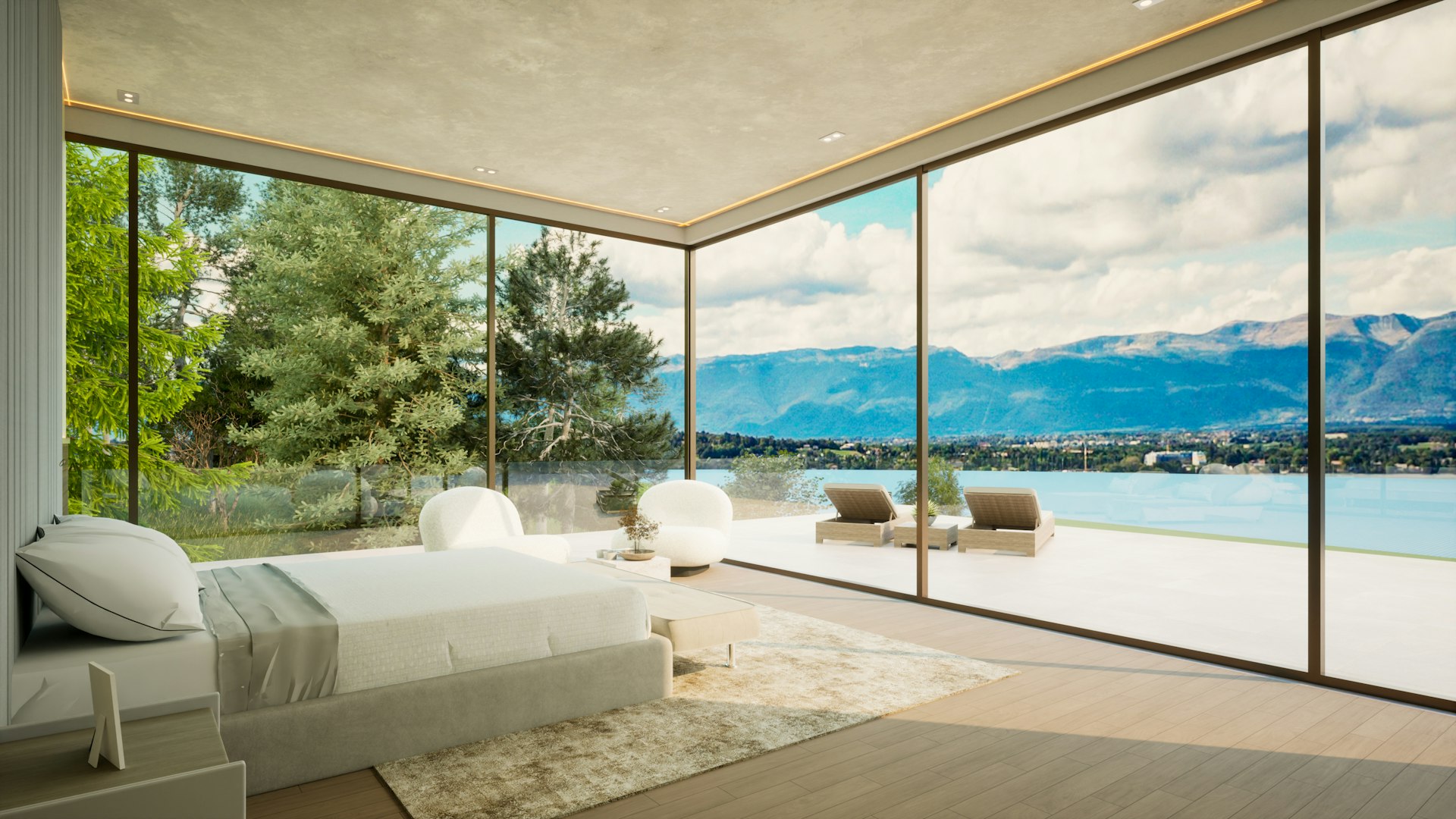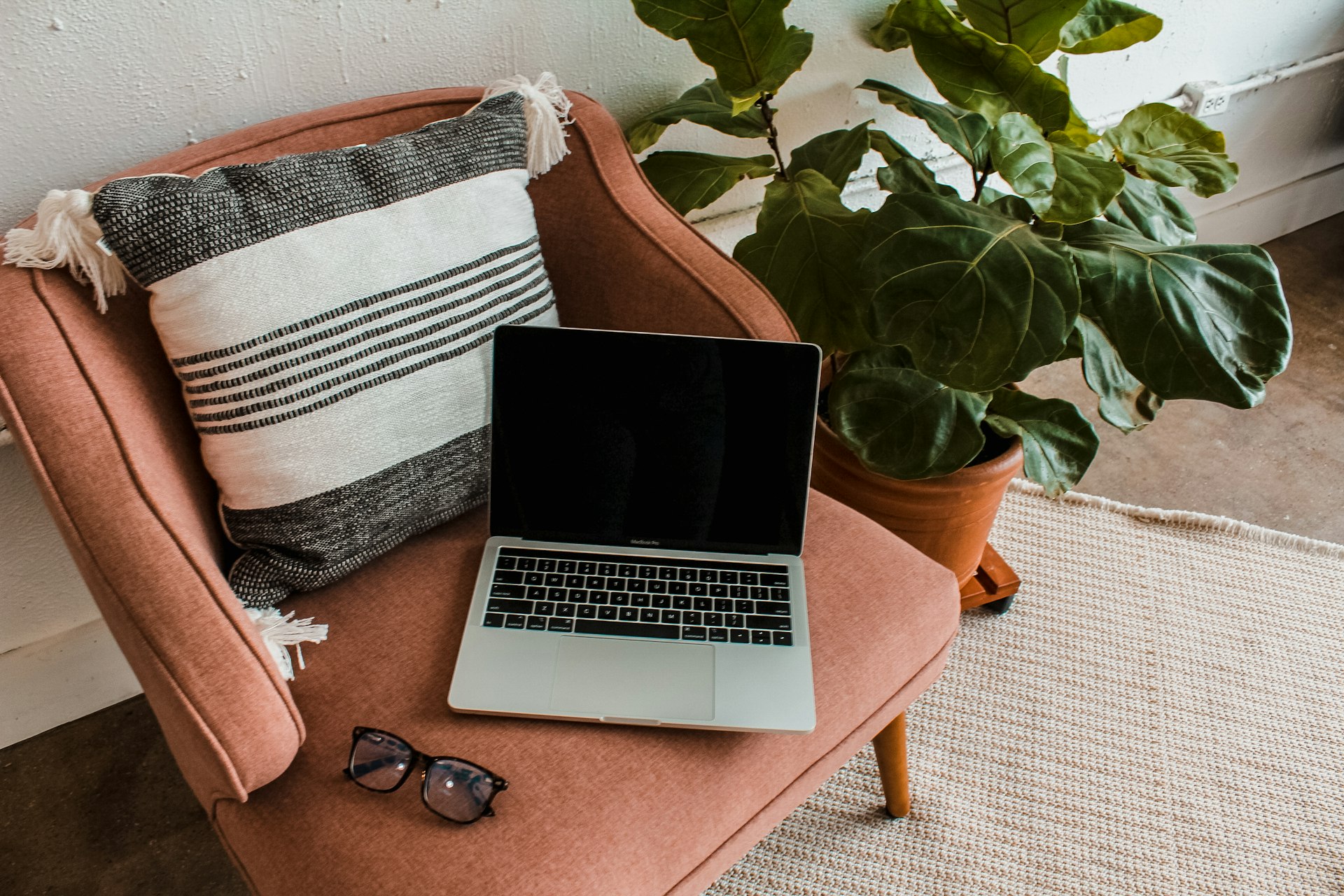Designing a Minimalist Scandinavian Indoor Garden: Practical Steps for Modern Serenity

Photo by Kira Laktionov on Unsplash
Introduction to Minimalist Scandinavian Indoor Garden Style
The minimalist Scandinavian indoor garden style combines clean lines, neutral tones, and a purposeful connection with nature to create a calming, functional indoor space. Rooted in the design philosophies of Northern Europe, this style is characterized by simplicity, sustainability, and mindful living. Bringing these principles indoors means creating serene, uncluttered environments that blend natural materials and greenery, turning your home into a tranquil sanctuary. [2] Whether you are starting from scratch or seeking to refresh an existing space, the following guide provides comprehensive, actionable advice for implementing this style in any home.

Photo by Hans Isaacson on Unsplash
Core Principles of Scandinavian Minimalism
Scandinavian design is defined by its “less is more” ethos, favoring simplicity over ornamentation. The focus is on functionality, harmony, and comfort. When translated to an indoor garden, these principles manifest as:
- Uncluttered layouts: Prioritize open, breathable spaces. Avoid overcrowding with too many plants or decorative items, ensuring every element serves a purpose. [1]
- Natural materials: Incorporate wood, stone, and glass to foster a seamless connection with nature.
- Neutral colors: Use whites, greys, and soft earth tones to create a calming backdrop that lets greenery stand out. [4]
- Functional beauty: Select furniture and planters that are as practical as they are stylish, echoing the dual focus of Scandinavian design on utility and aesthetics.
To implement these principles, begin by decluttering your intended gardening area and painting or decorating with a neutral palette. Choose streamlined furniture and avoid excessive decoration.
Choosing the Right Plants for Scandinavian Indoor Gardens
Plant selection is central to achieving a Scandinavian look. This style favors greenery that is hardy, low-maintenance, and often native or well-adapted to cooler climates. For indoor gardens, consider the following options:
- Succulents and cacti: Their geometric forms and minimal water requirements make them ideal for modern, minimalist arrangements. [5]
- Ferns and mosses: These add subtle texture and a lush feel without dominating the space.
- Herbs: Small kitchen herb gardens on windowsills provide both culinary and decorative benefits.
- Native and hardy plants: Scandinavian design often highlights plants like hydrangeas, hostas, and astilbes, which thrive in varied indoor conditions. [1]
Arrange plants in simple, neutral-colored pots. Place them strategically to draw the eye but avoid clutter. Grouping plants by height and texture can create a dynamic yet orderly appearance.
Integrating Natural Materials and Textures
Natural materials are a cornerstone of Scandinavian style. To bring warmth and authenticity to your indoor garden, use:
- Wood: Light woods like birch or pine for shelving and plant stands. Reclaimed or untreated woods add rustic charm.
- Stone and gravel: Use as base layers in planters or as decorative elements in zen garden trays.
- Glass: Incorporate glass terrariums or vases for a modern touch and to maximize light distribution. [2]
To apply these materials, start with a wooden bench or shelf to display plants. Mix in stone planters or glass vessels. Avoid overly ornate or colorful items; instead, let the natural grain and texture shine.
Creating Flow and Functionality: Room-by-Room Guidance
Scandinavian design emphasizes a seamless transition between indoor and outdoor spaces. Indoors, this translates to mindful placement of plants and furniture to support natural flow and multi-functionality. Here’s how to approach key rooms:
Living Room: Place a few large, sculptural plants (like monstera or fiddle-leaf fig) in corners. Use minimalist planters and keep surfaces uncluttered. Add a wool throw or neutral rug for hygge-inspired comfort. [3]
Kitchen: Create a compact herb garden on the windowsill. Use ceramic or stone pots with labeling for practicality and style. Choose plants like basil, thyme, or rosemary that thrive indoors.
Bedroom: Choose calming plants such as lavender or snake plant. Place them on nightstands or windowsills to purify air and add subtle greenery.
Home Office: Opt for small succulents or air-purifying plants like spider plants. Arrange them on shelves or desks to enhance focus and reduce stress.
Always allow light to reach all plants, and avoid blocking windows with large planters. The goal is to create an airy, open feel throughout.
Maximizing Light and Air Quality
Natural light is essential in Scandinavian interiors. Position your indoor garden where sunlight is abundant, such as near south- or east-facing windows. If your space is low on natural light, consider supplemental LED grow lights that emit a soft, white glow to maintain the minimalist aesthetic.
Plants such as peace lilies, pothos, and snake plants are known for their air-purifying qualities, making them practical additions to any indoor garden. Ensure adequate air circulation by avoiding overcrowding and periodically rotating plants for uniform growth. [1]
Incorporating Scandinavian Hygge and Lagom
Hygge (pronounced “hoo-gah”) is the Danish concept of cozy contentment, while lagom means “just the right amount.” Apply these principles by:
- Using soft textiles like wool throws or linen cushions near your indoor garden.
- Adding gentle, warm lighting such as LED candles or string lights.
- Creating reading nooks or meditation corners surrounded by plants for relaxation and mindfulness. [4]
Balance is key-avoid excess, but ensure your indoor garden feels inviting and lived-in.
Practical Steps for Getting Started
To begin your minimalist Scandinavian indoor garden, follow these steps:
- Assess your available space and natural light.
- Choose a color palette of neutrals and soft pastels.
- Source natural materials for planters and furniture. Local hardware or gardening stores often stock suitable options.
- Select low-maintenance, air-purifying, or edible plants that suit your light conditions.
- Arrange plants in uncluttered groupings, using varying heights and textures for visual interest.
- Incorporate cozy textiles and subtle lighting for a hygge atmosphere.
- Maintain your garden with regular watering, pruning, and cleaning to keep the space inviting.
If you want personal guidance, many local plant shops and botanical centers offer consultations. Search for “indoor plant consultation” or “Scandinavian garden design” in your city or region for tailored assistance. You can also join online communities or forums focused on home gardening and Scandinavian design for inspiration and troubleshooting.
Alternative Approaches and Overcoming Challenges
Not every space has abundant light or room for large planters. In these cases, consider:
- Wall-mounted planters: Maximize vertical space with minimalist wall shelves or hanging planters.
- Miniature zen gardens: Use trays of sand, pebbles, and tiny plants for meditative displays on desks or shelves. [5]
- Terrariums: Glass containers with succulents or mosses are low-maintenance and fit small spaces.
If plant care is a concern, begin with hardy species like snake plants or pothos, which tolerate infrequent watering and variable light. For renters or those with limited time, artificial plants with realistic textures can also evoke the Scandinavian look while requiring little maintenance.
Summary and Key Takeaways
The minimalist Scandinavian indoor garden style is about more than decoration-it is a holistic approach to living that emphasizes simplicity, natural beauty, functionality, and serenity. By thoughtfully selecting plants, materials, and arrangements, you can create an indoor oasis that reflects the best of Nordic design. Remember to start small, focus on quality over quantity, and let your space evolve naturally over time.
References
- [1] NORSK Lifestyle (2024). How to Create a Scandi-Inspired Garden.
- [2] Edward George London (2025). How To Design A Scandinavian Garden.
- [3] First Tunnels (2025). Scandi Garden Ideas: 15 Inspired Nordic Garden Features.
- [4] Marshalls (2025). 15 Scandinavian Garden Design Ideas for Your Space.
- [5] YouTube (2024). Indoor Garden Ideas for Scandinavian Home Interiors.
MORE FROM mumsearch.com













